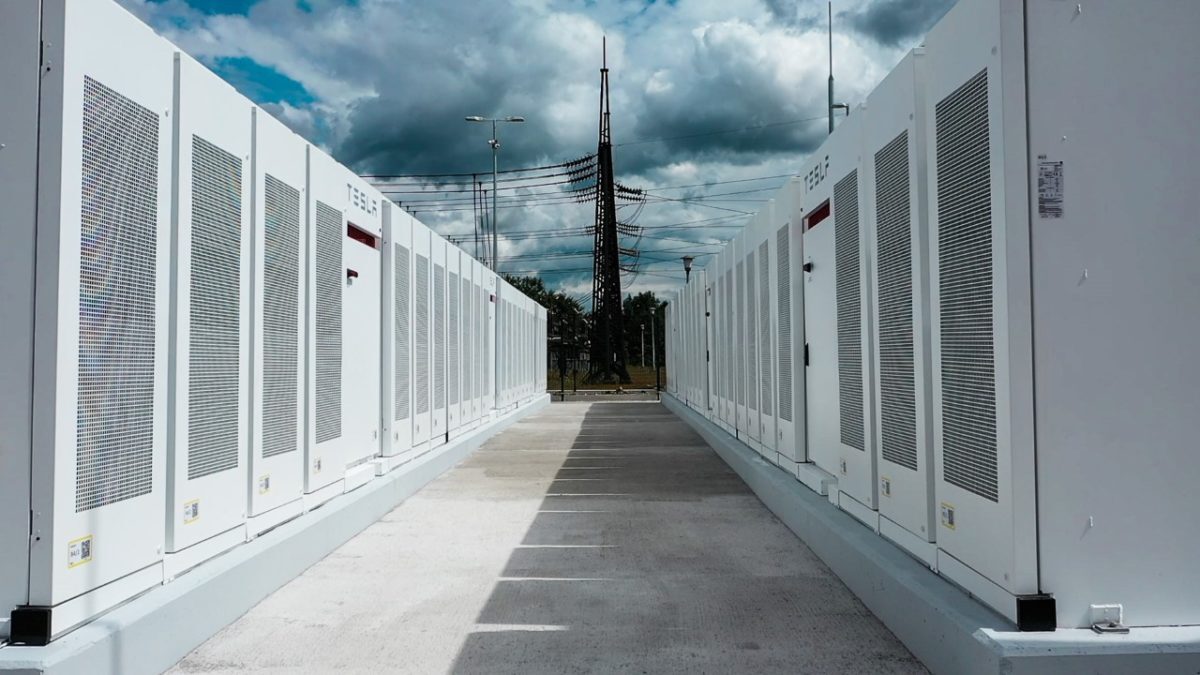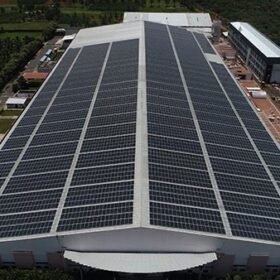India’s energy transition has evolved from aspirational dialogue into measurable, large-scale implementation. Over the past decade, the nation has emerged as one of the most dynamic clean energy markets globally, translating commitments into tangible outcomes.
While public statements and policy declarations attract attention, it is the consistent flow of investments into solar, BESS, and emerging renewable technologies that is reshaping India’s energy profile. These developments are enabling the country to meet its climate obligations while also stimulating economic growth, generating employment, and driving technological advancement.
A decade of sustained progress
At the start of the 2010s, renewable energy accounted for a modest share of India’s power capacity. Today, it represents over 40% of the installed base, a result of deliberate policy frameworks, favorable market conditions, and the recognition that sustainable power generation is integral to long-term development. Solar parks and hybrid renewable projects have proliferated across key states such as Rajasthan, Gujarat, Tamil Nadu, and Karnataka.
This momentum has been underpinned by significant domestic and foreign investment. India has drawn billions of dollars into renewable infrastructure from global institutional investors, private equity firms, and corporate stakeholders. Initiatives such as the National Solar Mission, coupled with predictable tariff structures and streamlined regulatory mechanisms, have created a conducive environment for capital deployment.
Solar energy as the leading force
Within the renewable mix, solar power has become the foremost driver of capacity expansion. India is now among the top five global producers of solar energy, with utility-scale installations in arid regions complemented by widespread adoption of rooftop solar systems in urban centers.
Falling photovoltaic module costs, improved storage solutions, and innovative financing arrangements have accelerated this growth. Programmes such as the PM-KUSUM scheme have enabled farmers to adopt solar-powered irrigation pumps, reducing reliance on fossil fuels. Moreover, corporate power purchase agreements are allowing industries to secure long-term access to renewable electricity at competitive prices, further strengthening the sector.
Green Hydrogen: An emerging pillar
India’s strategic emphasis on green hydrogen demonstrates foresight in diversifying its clean energy portfolio. The National Green Hydrogen Mission seeks to position the country as a global hub for production and export, with investments directed toward pilot plants, research facilities, and large-scale manufacturing.
This sector holds the potential to decarbonize hard-to-abate industries such as steel, cement, and heavy transportation. The participation of major industrial conglomerates, alongside international partnerships for technology transfer, underscores confidence in the long-term commercial viability of green hydrogen.
The growing role of battery energy storage systems
Battery energy storage systems (BESS) are emerging as a critical enabler of India’s renewable energy ambitions by addressing one of the sector’s most persistent challenges—intermittency. By storing surplus electricity generated from solar projects during periods of high production and releasing it when generation falls short, BESS ensures a more reliable and stable power supply.
Recent investments in large-scale storage facilities, coupled with advances in lithium-ion and alternative battery chemistries, are improving efficiency, reducing costs, and extending system lifespans.
For India, integrating BESS into the national grid not only enhances renewable energy utilization but also strengthens grid resilience, reduces dependency on fossil fuel-based peaking power plants, and supports the growth of decentralized energy solutions. As policy frameworks evolve to encourage storage adoption, BESS is expected to play a pivotal role in enabling India to achieve its clean energy targets while maintaining energy security.
Financing the transition
The scale of financing directed toward India’s renewable sector illustrates the seriousness of its energy transition. International climate funds, multilateral development banks, and private investors have committed substantial resources to clean energy initiatives. The growing issuance of green bonds by Indian corporations and financial institutions has provided an additional channel for mobilizing capital.
Public-private partnerships have proven particularly effective in delivering large-scale renewable infrastructure, balancing investment risk with policy stability and long-term tariff visibility.
Economic and employment impacts
Beyond environmental benefits, clean energy investments are yielding significant economic dividends. The renewable energy sector is generating employment across the value chain—from manufacturing solar modules to installation, maintenance, and operations.
Ancillary industries such as battery production, electric vehicle infrastructure, and smart grid technology are also expanding, creating further opportunities for skilled labor. The sector has encouraged innovation among domestic startups engaged in energy efficiency, microgrid solutions, and advanced energy storage technologies.
Advancing climate commitments
India has pledged to achieve 500 GW of non-fossil fuel capacity by 2030 and net-zero emissions by 2070. The pace of capacity addition in recent years indicates that these goals are within reach. India’s progress has positioned it as a credible leader among developing nations in global climate forums.
Its role as headquarters of the International Solar Alliance reflects both a willingness to lead and a commitment to fostering collaborative, multinational solutions to the global energy challenge.
Navigating ongoing challenges
Despite substantial achievements, the clean energy transition is not without obstacles. Land acquisition for large-scale projects, grid integration constraints, and the variable nature of renewable generation present operational and logistical difficulties. Coal remains a significant component of the power mix, necessitating a carefully balanced approach to ensure energy security.
Addressing these challenges will require accelerated investments in energy storage, flexible grid systems, and transmission upgrades. Equally important is the need to support communities economically reliant on fossil fuel industries through reskilling and diversification programs.
Expanding role of the private sector
Private sector participation is a key driver in India’s renewable energy growth. Large industrial groups, independent power producers, and technology companies are investing heavily in renewable projects to meet corporate sustainability targets. Commitments to 100% renewable energy procurement are stimulating demand and driving further capacity additions.
Private entities are also contributing to research and development efforts, partnering with academic institutions, and piloting emerging solutions such as AI-driven energy management systems and advanced battery technologies.
Conclusion: A transition defined by action
India’s clean energy trajectory is marked by measurable progress rather than aspirational rhetoric. The scale of investments, diversity of technologies, and speed of capacity expansion reflect a transformation that is already well underway. While operational challenges remain, the country’s consistent policy direction, robust investor confidence, and commitment to innovation position it to sustain momentum. In the broader narrative of global climate action, India’s actions—manifested in its clean energy investments—speak decisively for themselves.
The views and opinions expressed in this article are the author’s own, and do not necessarily reflect those held by pv magazine.
This content is protected by copyright and may not be reused. If you want to cooperate with us and would like to reuse some of our content, please contact: editors@pv-magazine.com.








By submitting this form you agree to pv magazine using your data for the purposes of publishing your comment.
Your personal data will only be disclosed or otherwise transmitted to third parties for the purposes of spam filtering or if this is necessary for technical maintenance of the website. Any other transfer to third parties will not take place unless this is justified on the basis of applicable data protection regulations or if pv magazine is legally obliged to do so.
You may revoke this consent at any time with effect for the future, in which case your personal data will be deleted immediately. Otherwise, your data will be deleted if pv magazine has processed your request or the purpose of data storage is fulfilled.
Further information on data privacy can be found in our Data Protection Policy.